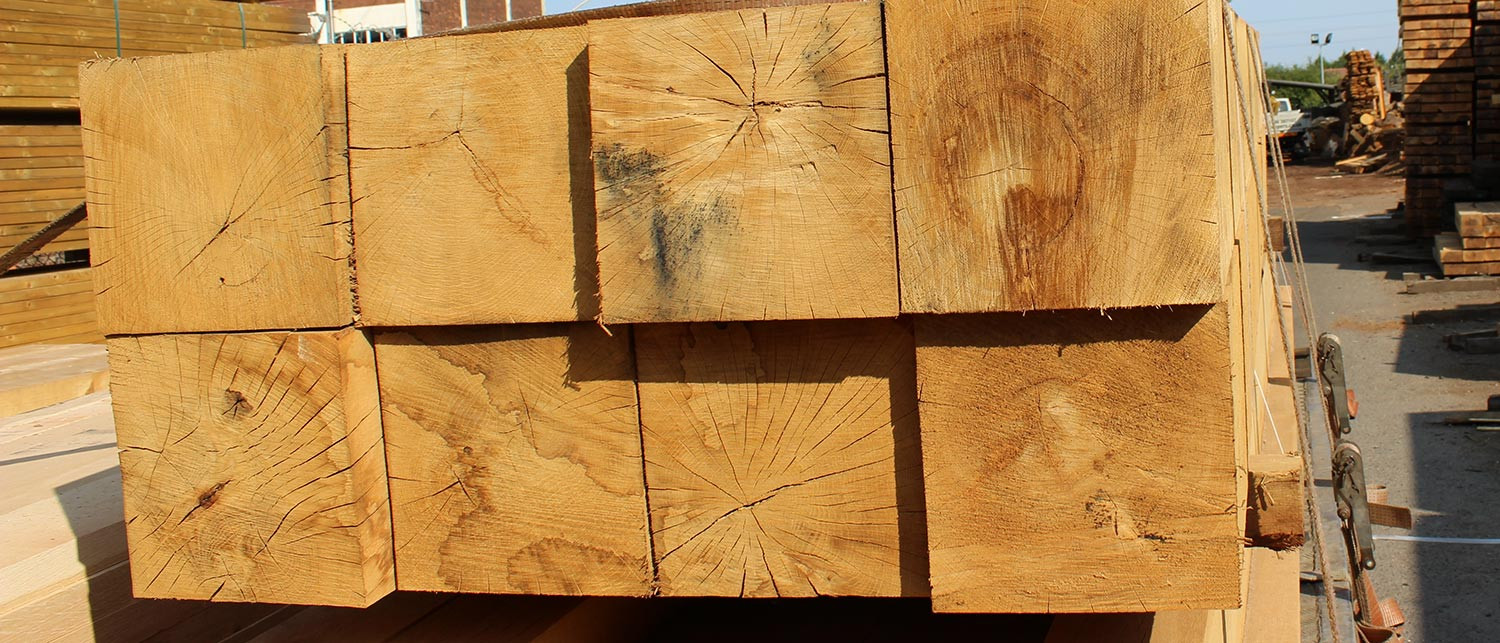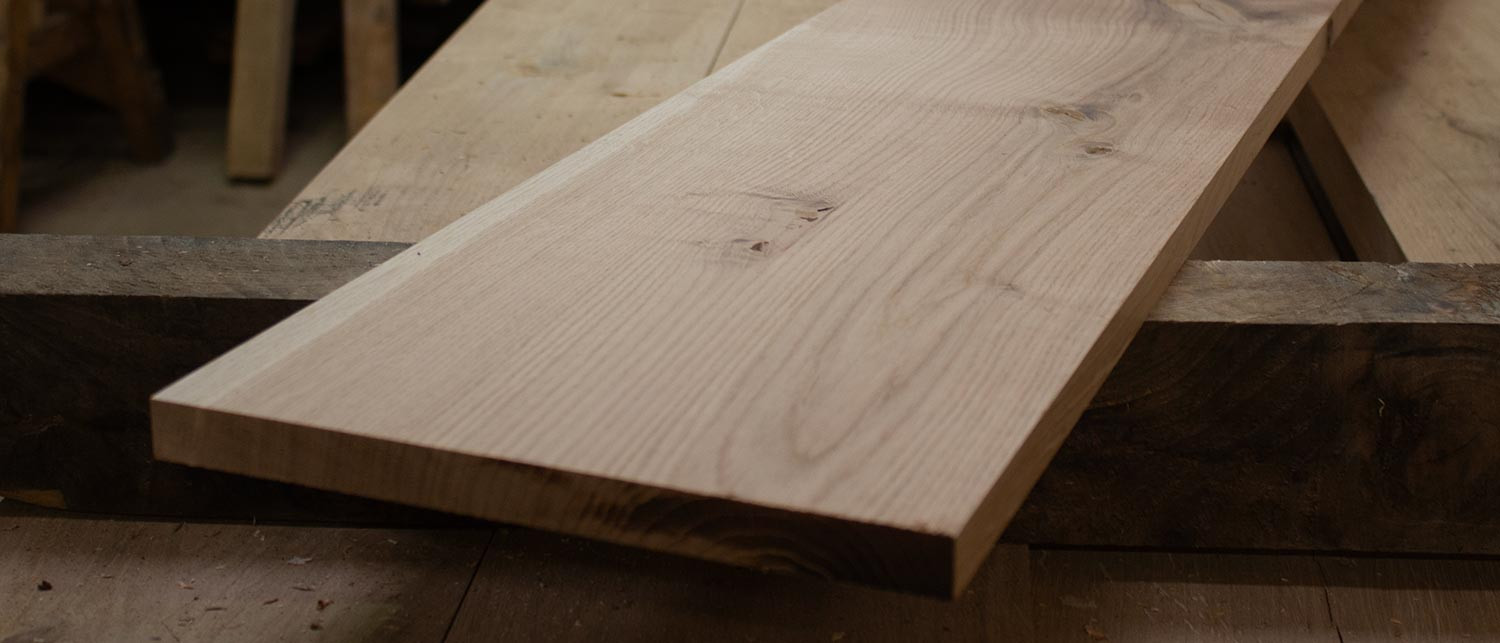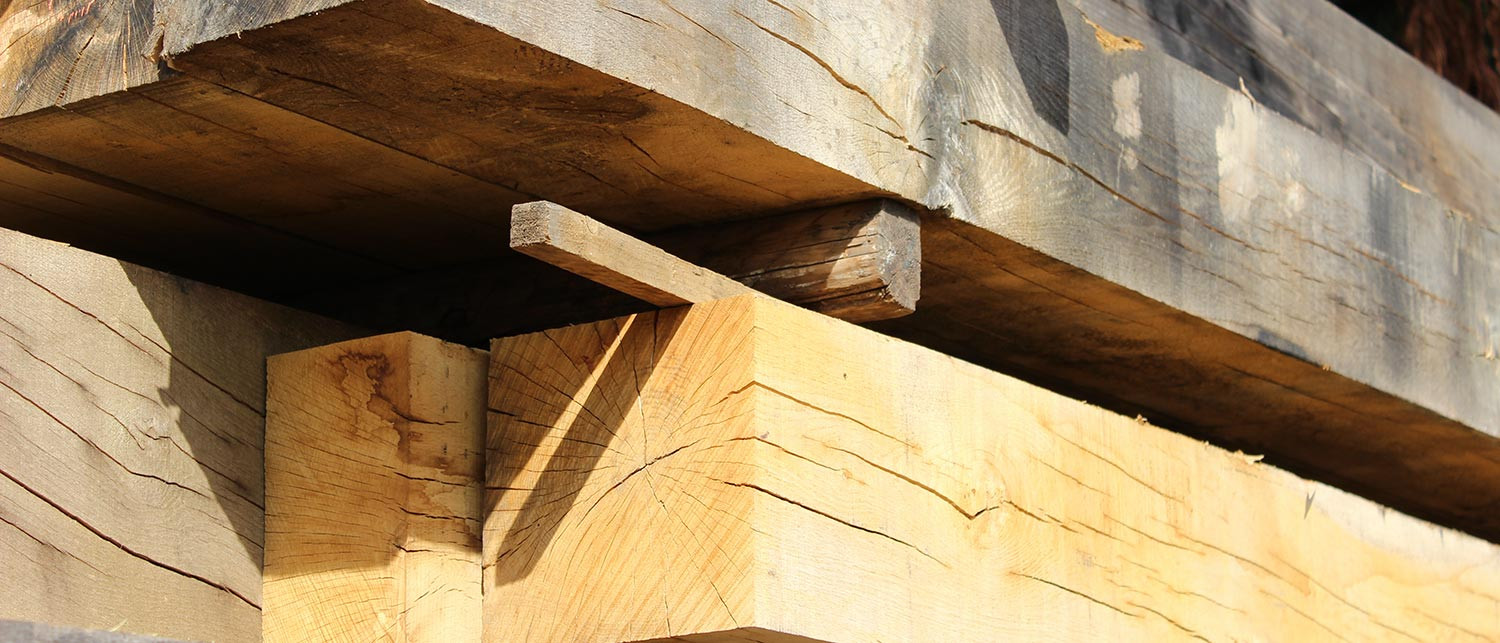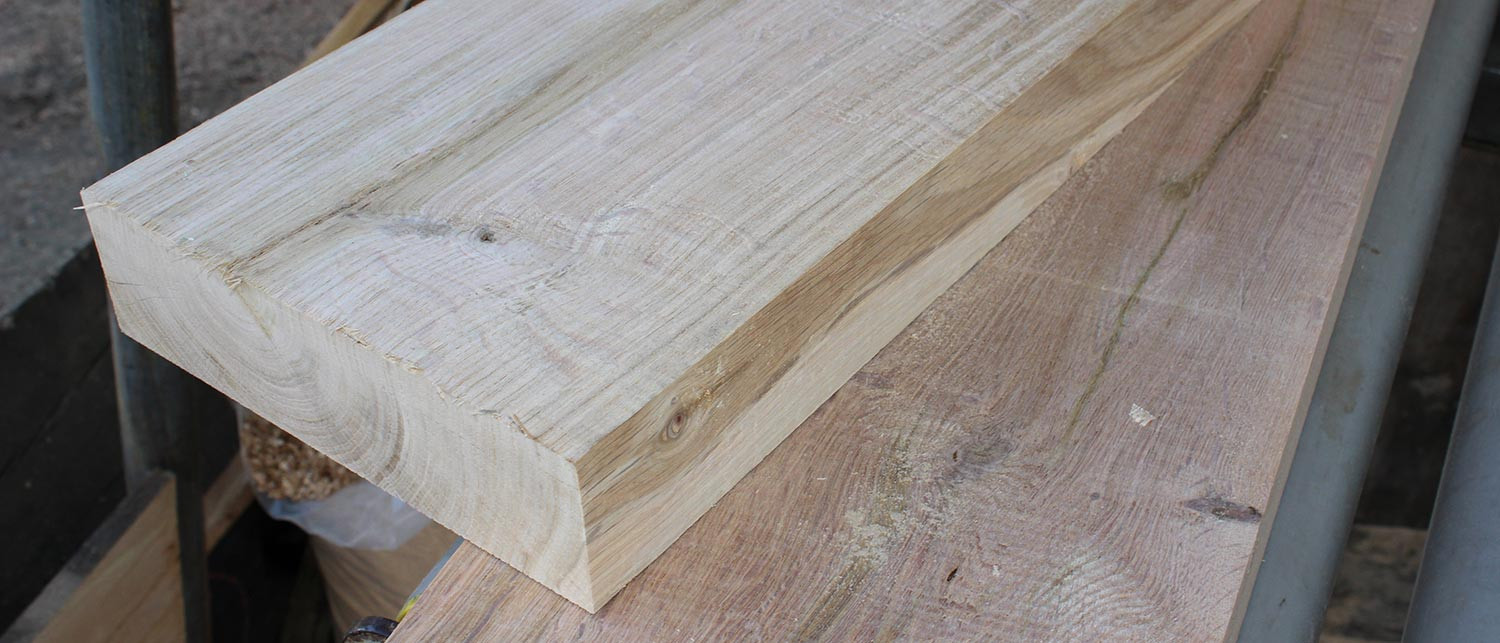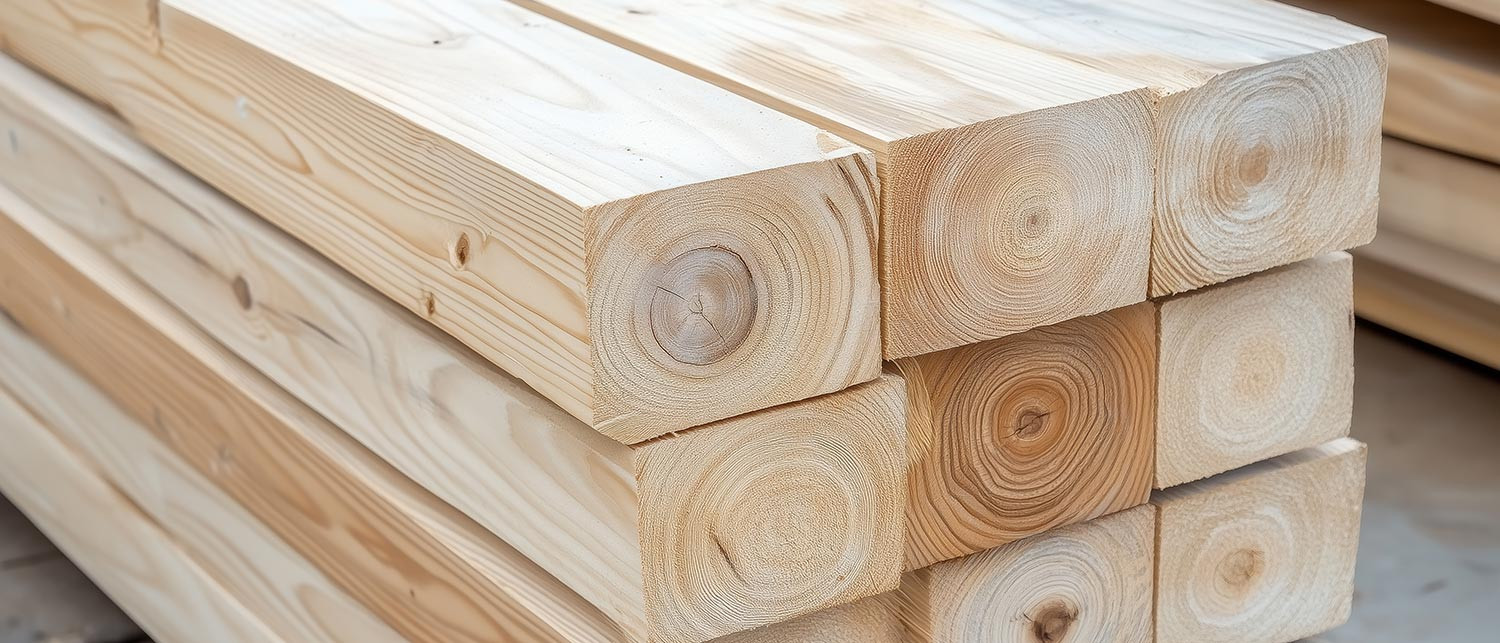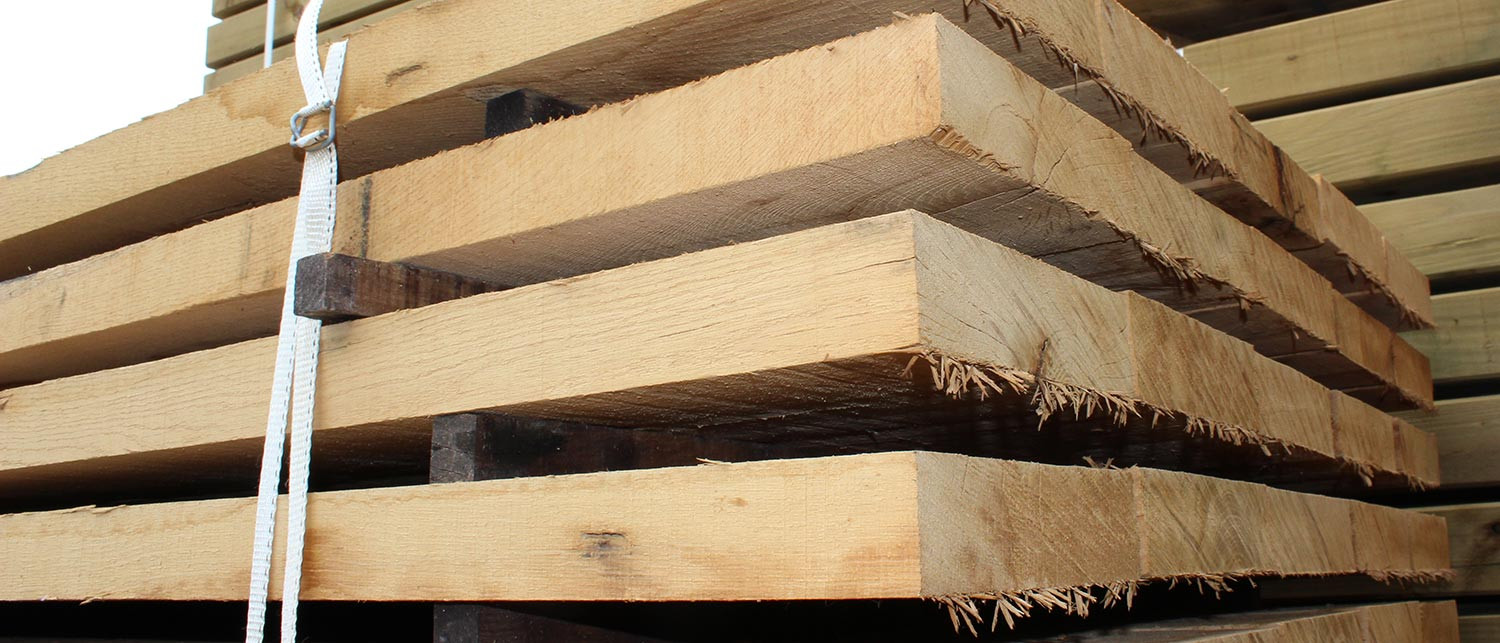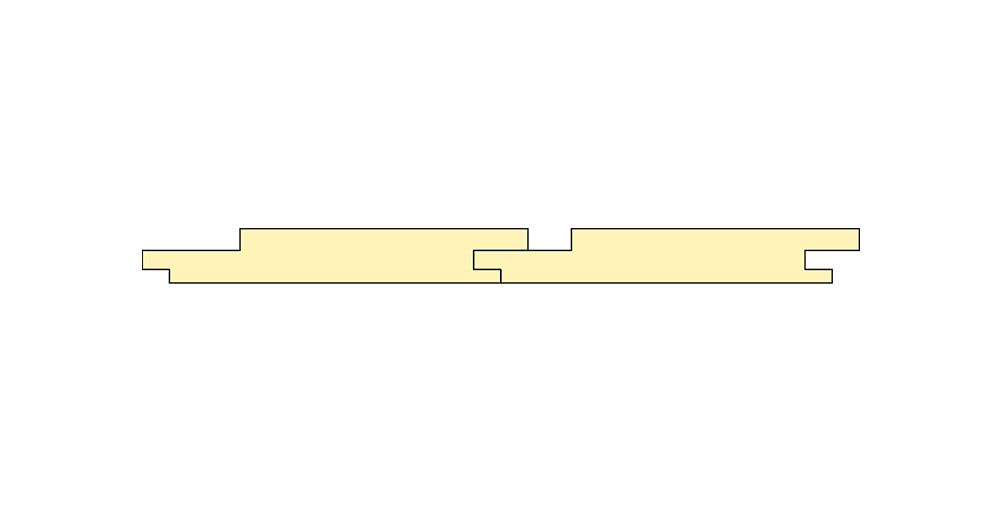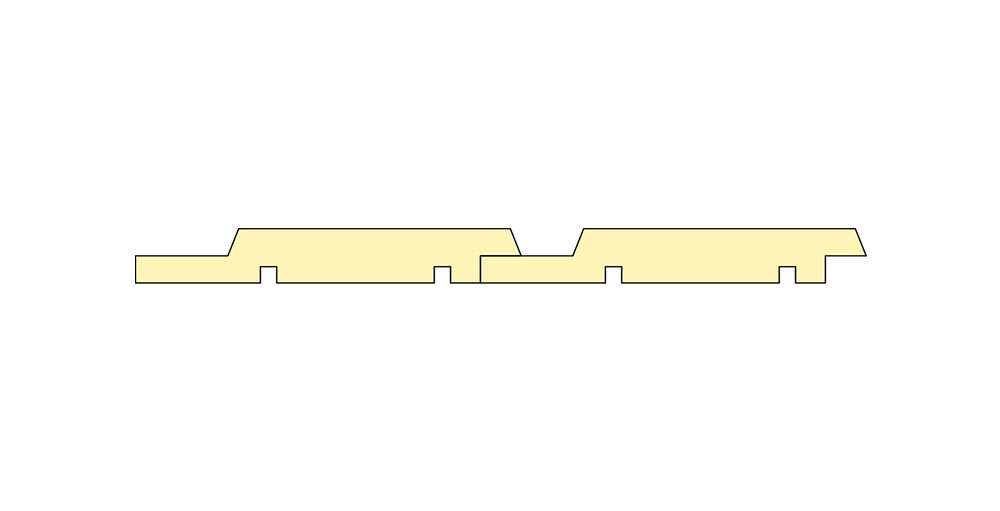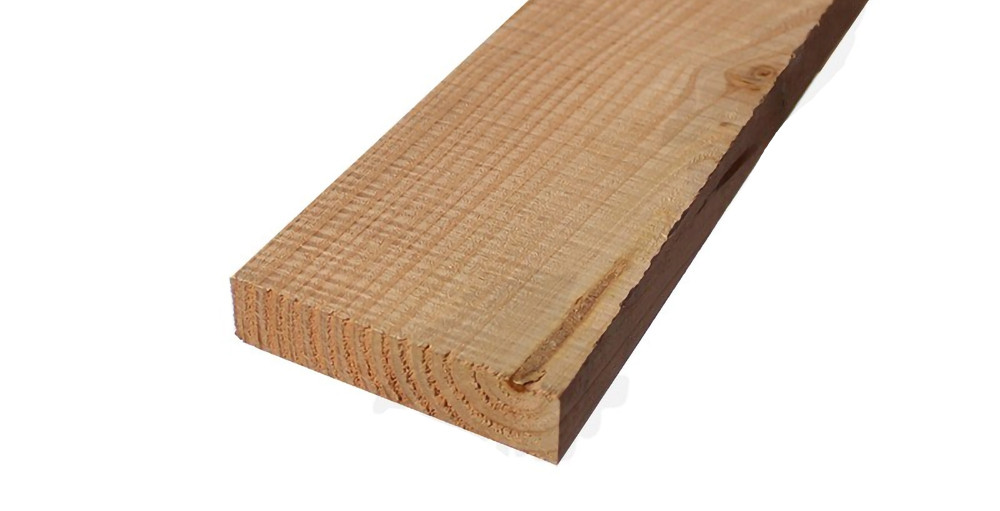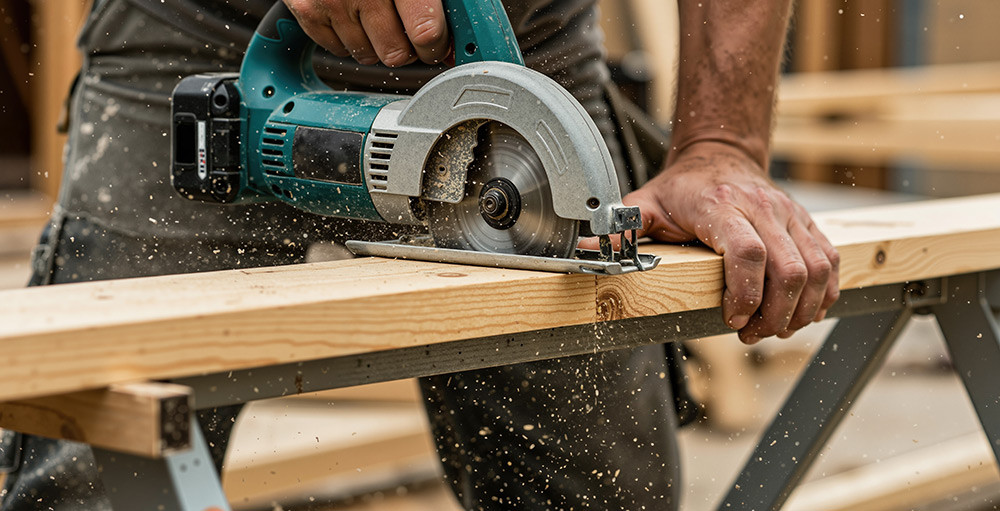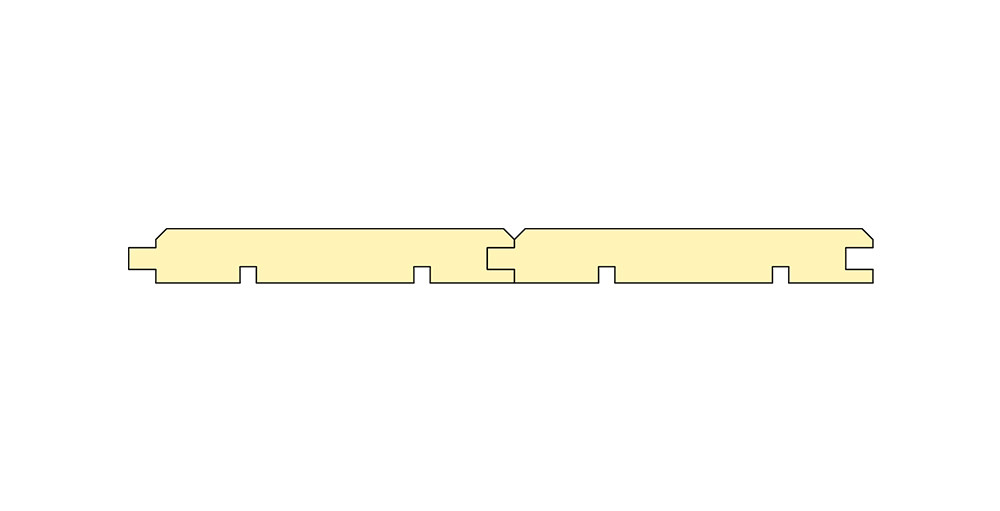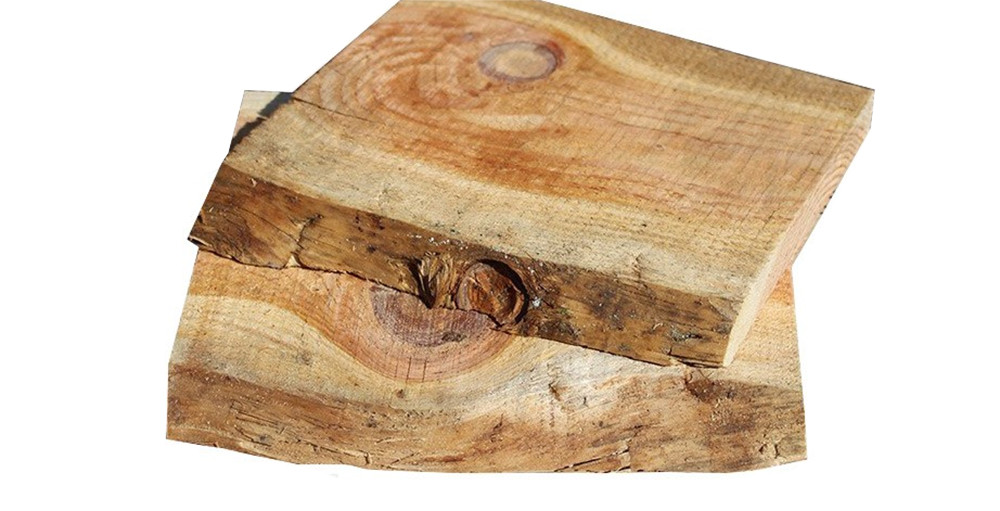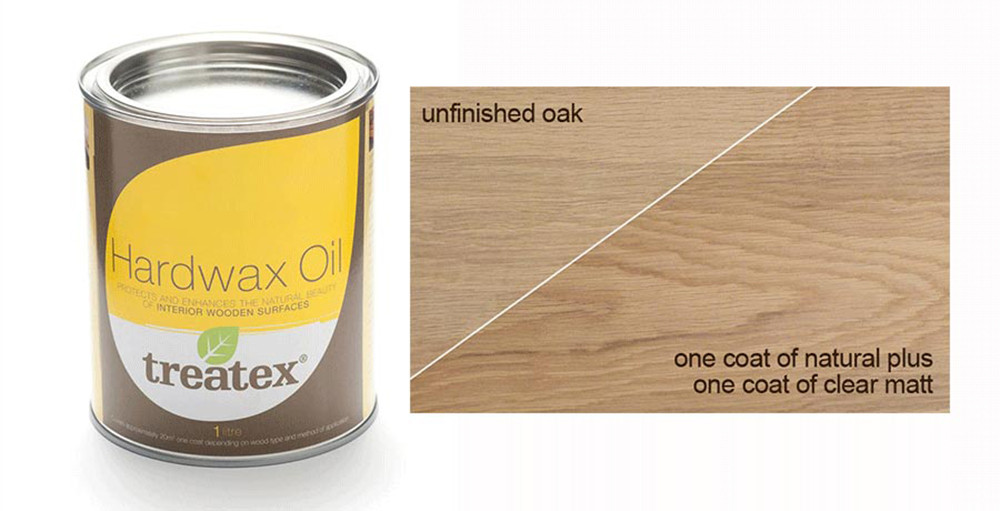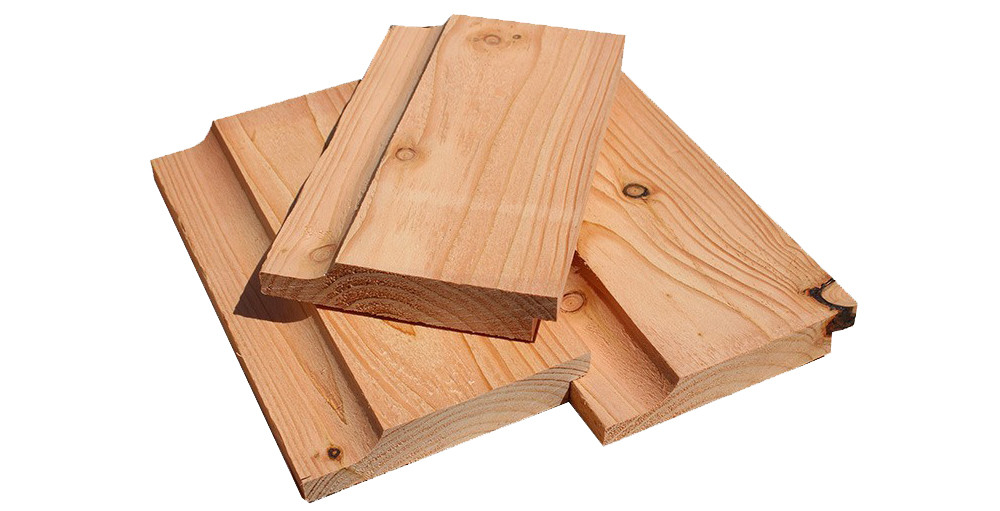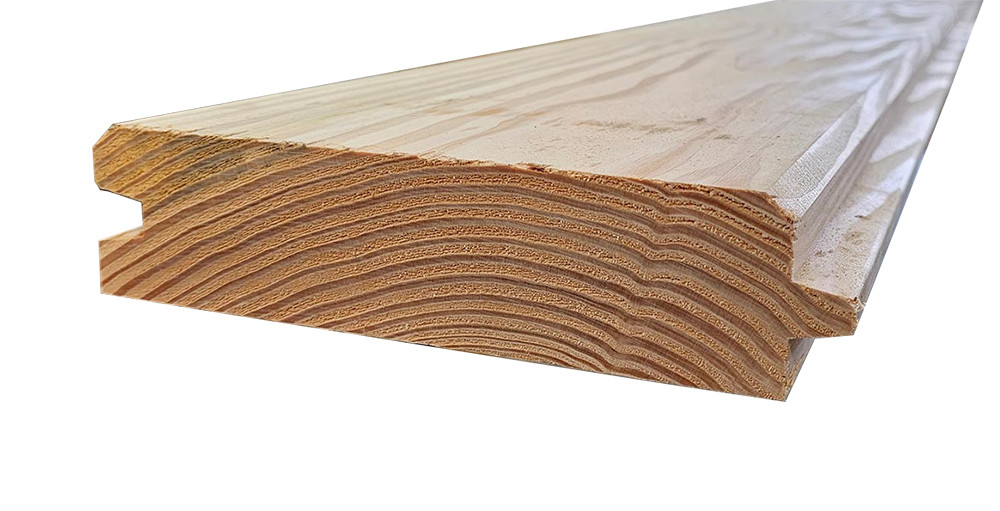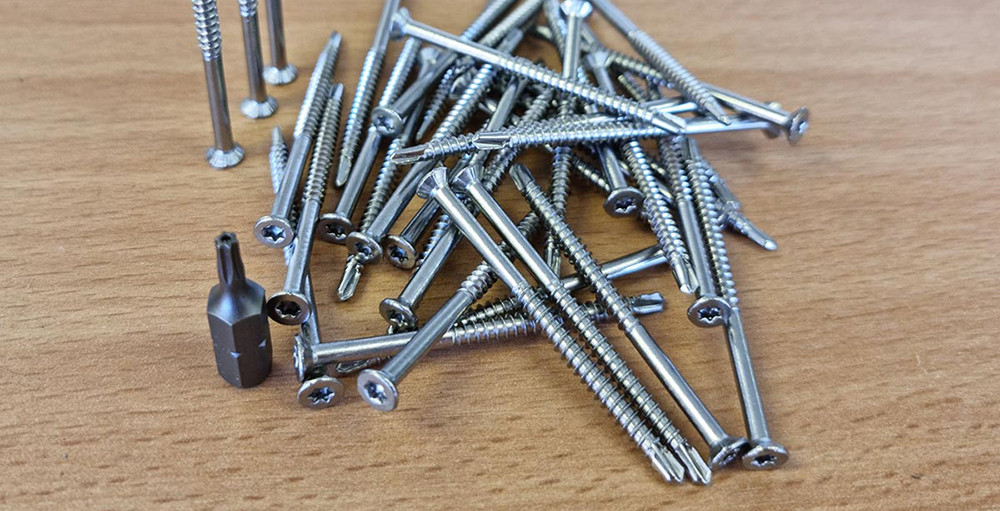The short version? Paint your walls first, then the skirting. But like most things in our trade, the devil's in the...
- All
-
Custom Cutting
Custom Cutting Choose from our limitless cut to size products
.jpg)
Custom Cutting
A selection of the finest Custom cut products on the market.
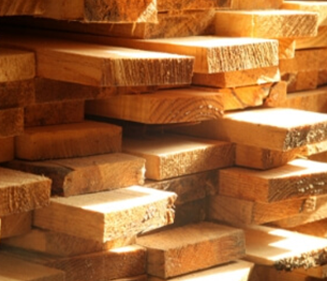
NEED HELP?
Our expert team are on hand to help you when you need it! Simply give us a call on
01536267107
OR
GET IN TOUCH -
Structural Timber
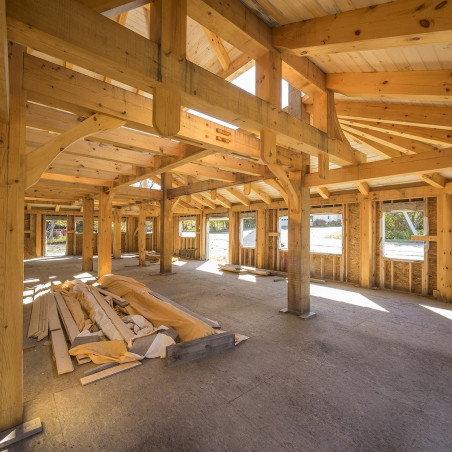
Structural Timber
A selection of the finest Structural Timber products on the market.

NEED HELP?
Our expert team are on hand to help you when you need it! Simply give us a call on
01536267107
OR
GET IN TOUCH -
Timber Cladding
Timber Cladding External, internal, profiled and featheredge...
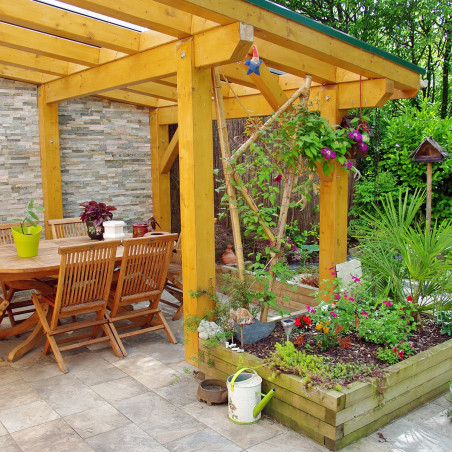
Timber Cladding
A selection of quality Timber Cladding.

NEED HELP?
Our expert team are on hand to help you when you need it! Simply give us a call on
01536267107
OR
GET IN TOUCH -
Outdoor Timber

Outdoor Timber
A selection of the finest Outdoor Timber products on the market.

NEED HELP?
Our expert team are on hand to help you when you need it! Simply give us a call on
01536267107
OR
GET IN TOUCH -
Doors, Floors & Joinery
- Solid Hardwood Flooring
- Oak Flooring
-
Solid Wood Joinery Products
-
Solid Wood Doors
- All Solid Oak Doors
- Prestige Solid Oak Doors
- Priory Solid Oak Doors
- All Solid Ash Doors
- Prestige Solid Ash Doors
- Priory Solid Ash Doors
- All Solid Douglas Fir Doors
- Prestige Solid Douglas Fir Doors
- Priory Solid Douglas Fir Doors
- Door Casing and Lining Sets
- Ash Door Casing and Lining Sets
- Douglas Fir Casing and Lining Sets
- Kiln Dried Interior Cladding/Panelling

Indoor Timber
A selection of the finest Indoor Timber products on the market.

NEED HELP?
Our expert team are on hand to help you when you need it! Simply give us a call on
01536267107
OR
GET IN TOUCH -
Fuels
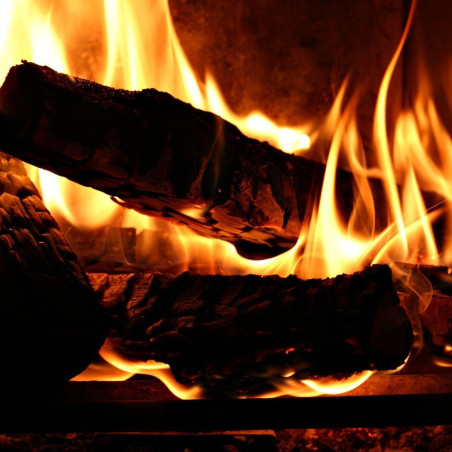
Fuels
A selection of the finest Fuels products on the market.

NEED HELP?
Our expert team are on hand to help you when you need it! Simply give us a call on
01536267107
OR
GET IN TOUCH -
Fixings & Finishes

Fixings & Finished
A selection of fixings and treatments to finish off your project.

NEED HELP?
Our expert team are on hand to help you when you need it! Simply give us a call on
01536267107
OR
GET IN TOUCH -
Offers

Clearance
A selection of the finest Clearance products on the market.

NEED HELP?
Our expert team are on hand to help you when you need it! Simply give us a call on
01536267107
OR
GET IN TOUCH -
Trade Board Packs

Trade Board Packs
A variet of stock and custom board packs.

NEED HELP?
Our expert team are on hand to help you when you need it! Simply give us a call on
01536267107
OR
GET IN TOUCH
Latest posts
-
 Should You Paint Skirting Boards Before Walls?Read more
Should You Paint Skirting Boards Before Walls?Read more -
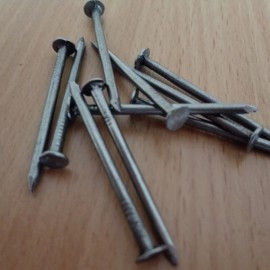 What are Landscaping Screws?10/14/2025Read more
What are Landscaping Screws?10/14/2025Read moreA typical landscaping screw has a polymer and/or ceramic coating that can withstand the weather in Britain longer...
-
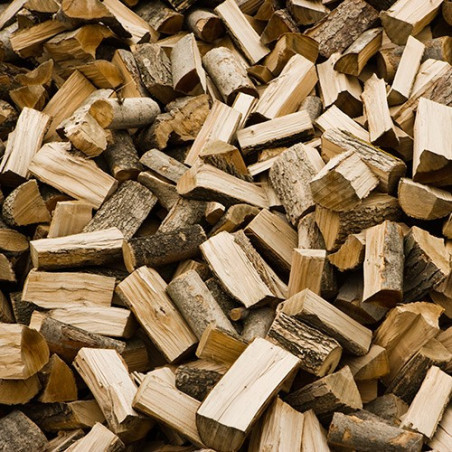 What is the best firewood to burn?07/08/2025Read more
What is the best firewood to burn?07/08/2025Read moreChoosing the right firewood matters because each type burns, smells, and throws out heat in its own way. By matching...
-
 Gold at Chelsea: UK Timber Proudly Supports Award-Winning 'Room to Breathe' Garden06/20/2025Read more
Gold at Chelsea: UK Timber Proudly Supports Award-Winning 'Room to Breathe' Garden06/20/2025Read moreAt UK Timber, we are proud to have sponsored the Structural Green Oak that was used to bring the Room to Breathe...
-
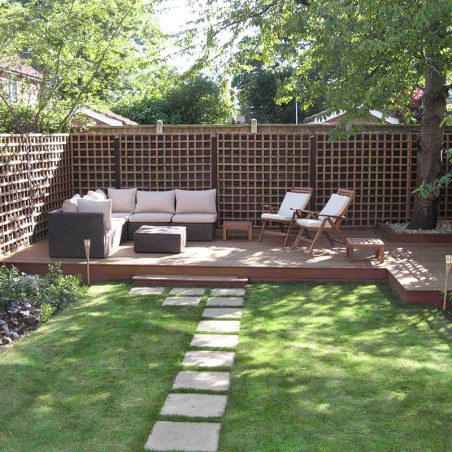 Making the Most of the UK Heatwave: Quick Timber Projects to Enhance Your Garden05/16/2025Read more
Making the Most of the UK Heatwave: Quick Timber Projects to Enhance Your Garden05/16/2025Read moreThe British summer has arrived in full force, a lot earlier than expected - with temperatures soaring across the...
-
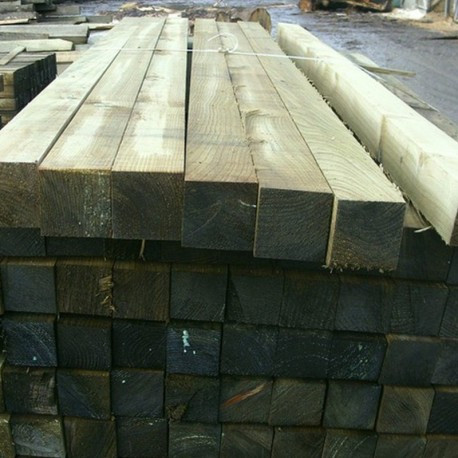 How Deep Should a Fence Post Be Set?04/11/2025Read more
How Deep Should a Fence Post Be Set?04/11/2025Read moreThe height of the fence, the terrain's soil composition as well as the amount of frost are just a few of the...
-
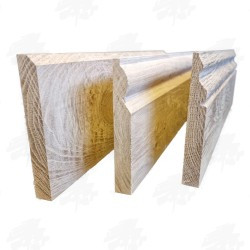 What is The Most Modern Skirting Board?03/14/2025Read more
What is The Most Modern Skirting Board?03/14/2025Read moreModern skirting applications achieve their best results through combinations of modern design principles with...
-
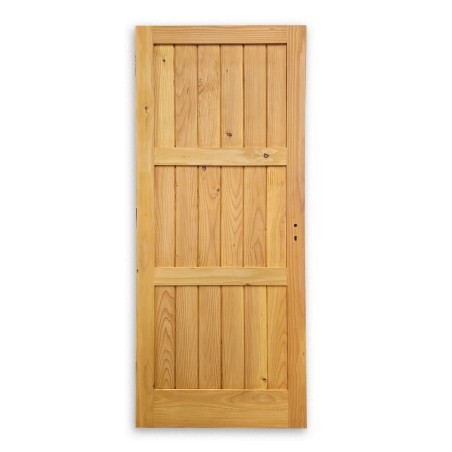 Are Solid Wood Doors Energy Efficient?02/14/2025Read more
Are Solid Wood Doors Energy Efficient?02/14/2025Read moreEnergy costs have dramatically increased during the past three years and show no signs of decreasing soon. With that...
-
 Oak Worktops: The Ultimate Guide for Your Kitchen01/17/2025Read more
Oak Worktops: The Ultimate Guide for Your Kitchen01/17/2025Read moreAt UK Timber, our stance on this is loud and clear! It's no secret that Oak Worktops have much to offer...
-
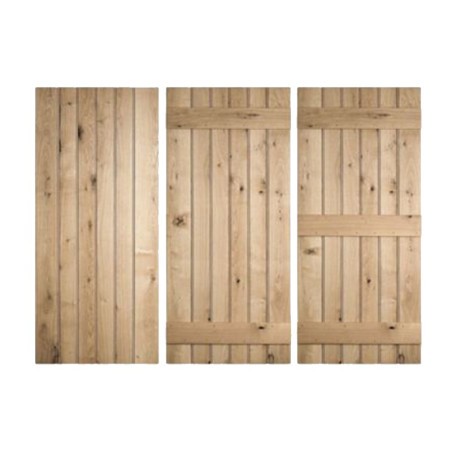 Should You Oil or Stain Oak Doors? Your Complete Guide12/16/2024Read more
Should You Oil or Stain Oak Doors? Your Complete Guide12/16/2024Read moreIf you're looking to enhance your oak doors, you've likely wondered whether oiling or staining is the better choice....
Blog categories
Search in blog

What is the best firewood to burn?
Choosing the right firewood matters because each type burns, smells, and throws out heat in its own way. By matching wood characteristics to your activity, you get more warmth, spend less time tending the flames, and act responsibly toward future forests. So, what is the best firewood to burn? Here at UK Timber, we’ll guide you accordingly below.
The Science Behind Quality Firewood
Moisture content is the single biggest reason why some logs crackle while others hiss. Well-seasoned hardwoods contain around 15 to 20 percent water; newly cut green wood can pack upwards of 50 percent. That gap costs you money and time, since dry wood gives nearly a quarter more heat per kilogram.
Premium Hardwood Species
Ash: The Gold Standard
Across the UK, ash remains the gold standard for quality firewood. Its numerous strengths make it a favourite among seasonal burners:
· Immediate usability: Ash burns well even when only partially seasoned, though fully seasoned logs clearly perform best.
· High heat output: Well-seasoned ash delivers around 3900 BTUs per kilogram, enough to warm most spaces quickly.
· Clean burning: The wood throws little smoke and lights with a bright, steady flame.
· Easy splitting: Straight-grained rounds break apart easily, speeding processing time even for novice woodcutters.
Sadly, ash dieback now threatens many stands, so sourcing well-managed timber is more important than ever. Reputable merchants like UK Timber offer stocks traced to certified woodlands.
Oak: The Endurance Champion
For overnight warmth, oak is the undisputed endurance champion, and many households swear by it on cold winter nights:
· Extended burn time: A full load can smoulder for six to eight hours, holding a room at a steady temperature.
· Exceptional heat output: Seasoned oak puts out close to 4200 BTUs per kilogram, making it one of the hottest woods available.
· Slow combustion: Because it burns gradually, users enjoy fewer refuels and steadier coals in the morning.
· Minimal maintenance: Once in the stove, oak demands far less poking and adjusting than faster-growing species.
To reach peak performance, oak must be seasoned thoroughly, which usually takes eighteen to twenty-four months. Patience pays off with superb, long-lasting heat all winter long.
Beech: The Reliable Performer
Beech is a favourite among seasoned burners because it strikes a rare balance that suits almost any job around the house or campsite:
· Consistent burning: Its flame is steady, so the heat you’ll get from one log is much like the next.
· Pleasant aroma: It gives off a light, friendly smell that won’t overpower the room.
· Good heat production: At roughly 3,800 BTUs per kilogram, it warms up living areas without fuss.
· Versatile application: Use it in the fireplace, the pizza oven, or on the patio grill, and it delivers every time.
Compared to oak, beech seasons a lot faster, usually reaching peak dryness in only twelve to eighteen months if split and stacked right.
Mixed Hardwoods: Balanced Performance
Most people who burn wood regularly prefer mixed hardwood, and for good reason-it meets everyday needs without emptying the wallet. Blends often include birch, maple, cherry, and sycamore, which together provide:
· Cost effectiveness: Because the mix uses less-famous species, it usually costs less than top-tier single wood.
· Varied burning characteristics: Each type sparks and glows a little differently, so the fire stays lively from start to finish.
· Consistent availability: Suppliers can stock it all year, even when the flagship species sell out.
· Reduced waste: Taking logs from across the forest lets forestry crews keep harvesting sustainable.
Quality merchants watch moisture levels and sort species carefully, sparing customers from pickup loads full of low-grade scrap.
African Braai Wood: Authentic Outdoor Cooking
Every true braai master will tell you that the right wood can make or break a cook-out, and that means reaching beyond supermarket lump charcoal. Locally grown hardwoods offer traits that gas or imported briquettes simply can’t match.
Rooikrans Red Cluster Bean
· Roasting heat-sears meat quickly, sealing in juices.
· Smoke stays almost invisible so sauces and spices shine.
· Glowing coals last for ages, sparing you constant refuels.
Sekelbos Sickle Bush
· A gentle fragrance floats up, seasoning food without overpowering.
· Its heavy grain means hours of steady flame, great for potjiekos.
· Generations of braai-ers have relied on this trusty wood.
Kameeldoring Camel Thorn
· Campsite legends call it the king of braai timber.
· Embers burn evenly, so chops, boerewors and pap cook through perfectly.
· Clouds of rich scent make every guest pause and smile.
Sustainable Sourcing and Environmental Considerations
Choose firewood wisely, and you choose to leave less of a carbon footprint. Here is what responsible buyers watch for:
· Certified suppliers-FSC marks forests that get replanted and wildlife protected.
· Regional harvest-limits transport miles and strengthens local incomes.
· Re-growth programs-felled trees make room for new seedlings, closing the cycle.
· Carbon balance-burned wood gives back the carbon the tree caught during its life.
Recent studies show that, when managed correctly, such wood burns almost carbon-neutral, keeping every summer evening around the braai guilt-free.
Storage and Seasoning Requirements
How you stack and shelter firewood really affects how well it burns long after it is cut.
· Adequate ventilation: Allows moisture evaporation while preventing decay
· Ground clearance: Prevents moisture absorption from soil
· Weather protection: Covers top while maintaining air circulation
· Splitting preparation: Reduces seasoning time and improves burning efficiency
Depending on the species, seasoned hardwood usually sits for twelve to twenty-four months before it is ready to burn.
The best firewood combines high heat output, clean burning characteristics, and sustainable sourcing. Ash, oak, and beech represent premium choices for domestic heating, while mixed hardwoods offer practical alternatives. African braai woods provide authentic outdoor cooking experiences with unique aromatic properties. Click to see the economical and eco-friendly range of firewood we have… we’re certain to stock what you’re looking for.
Related posts
-
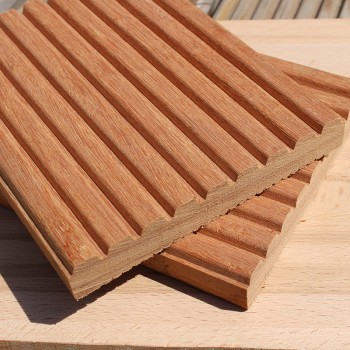 4 REASONS WHY COMPOSITE DECKING IS A WORTHWHILE INVESTMENT
August 16th 2022Read more
4 REASONS WHY COMPOSITE DECKING IS A WORTHWHILE INVESTMENT
August 16th 2022Read more -
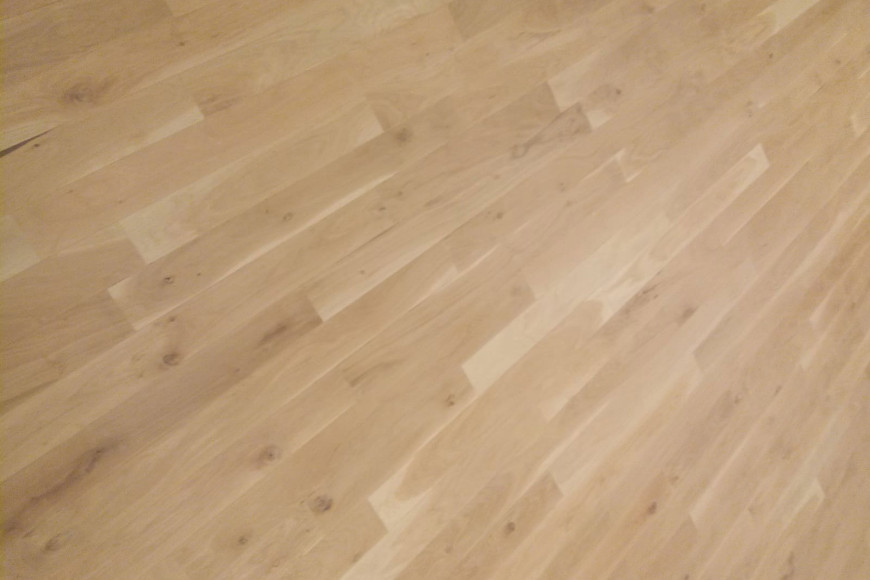 OAK FLOORING VS PINE FLOORING - WHICH ONE WINS?
July 21st 2023Read more
OAK FLOORING VS PINE FLOORING - WHICH ONE WINS?
July 21st 2023Read more -
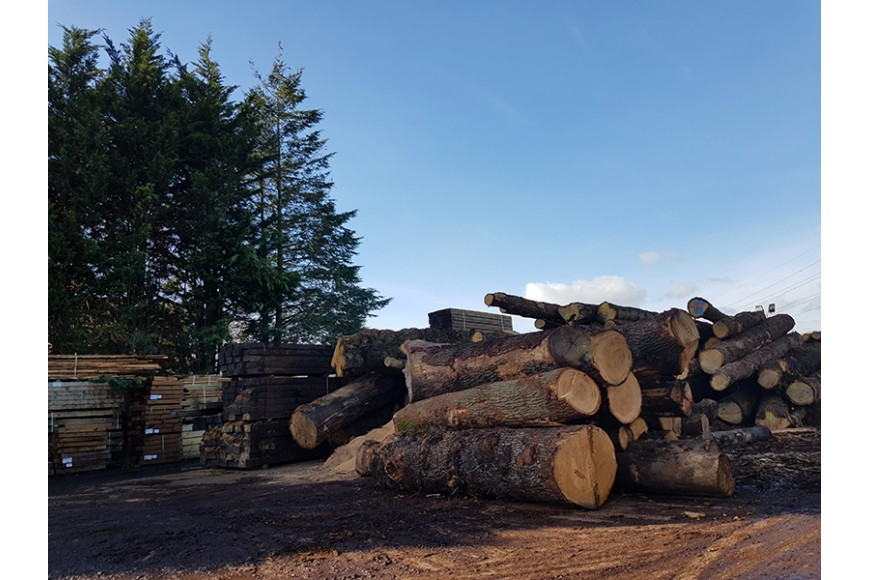 THE ADVANTAGES OF USING OAK FOR HOME AND GARDEN PROJECTS
July 21st 2023Read more
THE ADVANTAGES OF USING OAK FOR HOME AND GARDEN PROJECTS
July 21st 2023Read more -
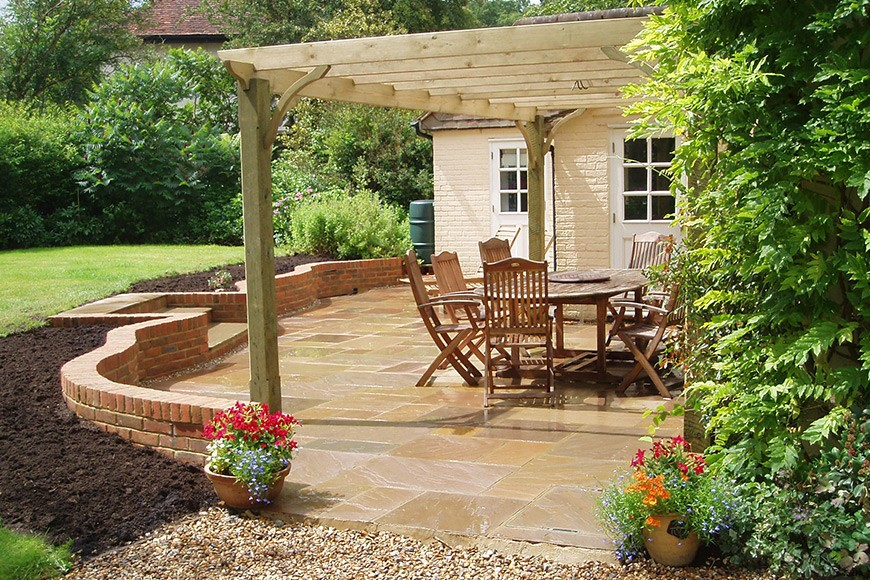 ENHANCE YOUR GARDEN WITH A PERGOLA OR TERRACE
July 21st 2023Read more
ENHANCE YOUR GARDEN WITH A PERGOLA OR TERRACE
July 21st 2023Read more -
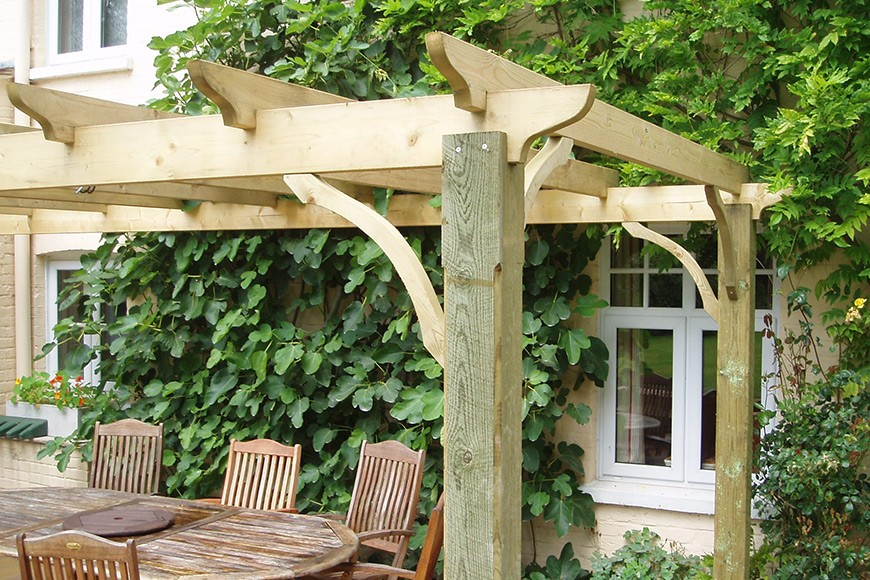 PERGOLA KITS: ENHANCING THE NATURAL BEAUTY OF A GARDEN
July 21st 2023Read more
PERGOLA KITS: ENHANCING THE NATURAL BEAUTY OF A GARDEN
July 21st 2023Read more

